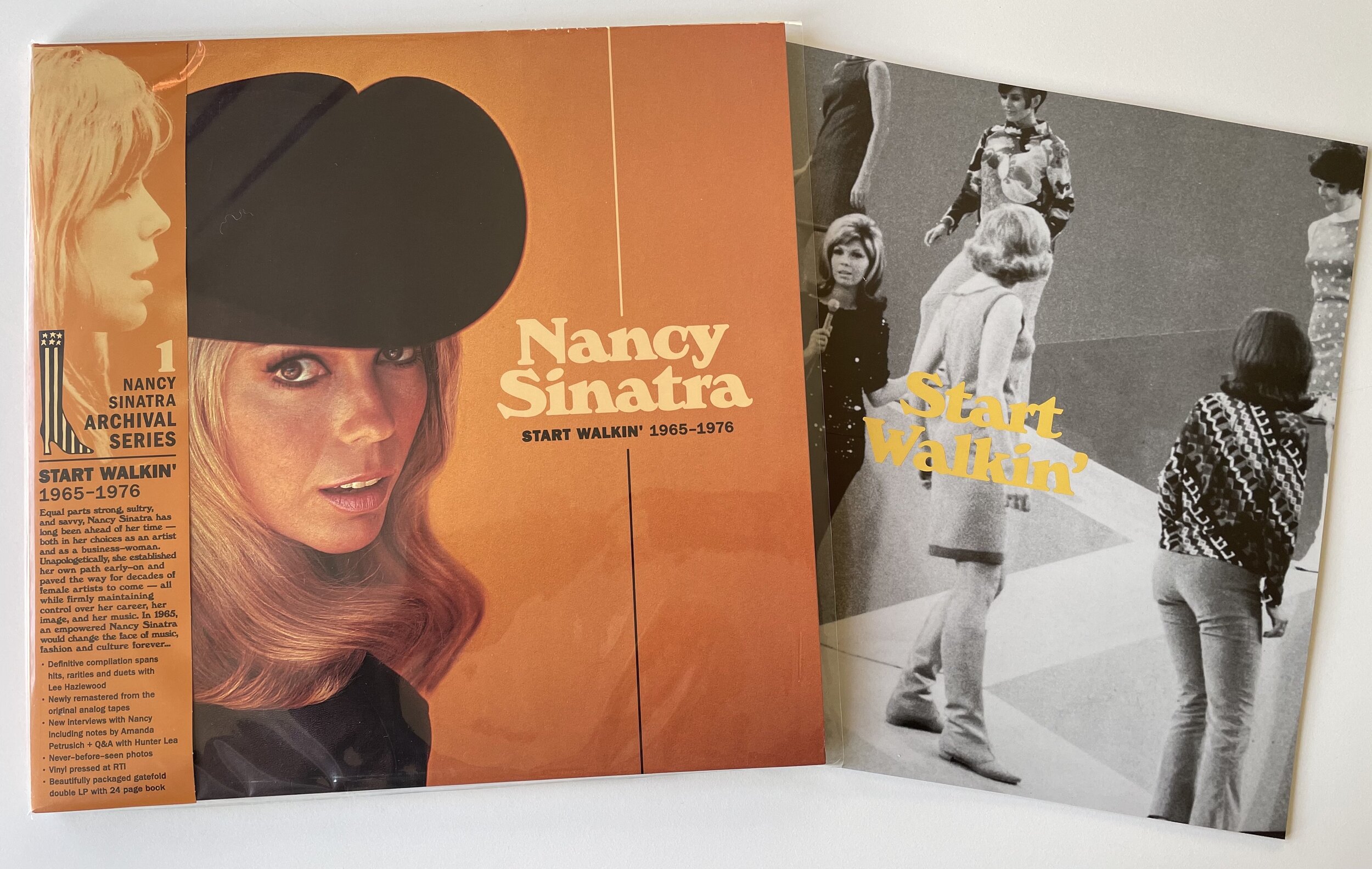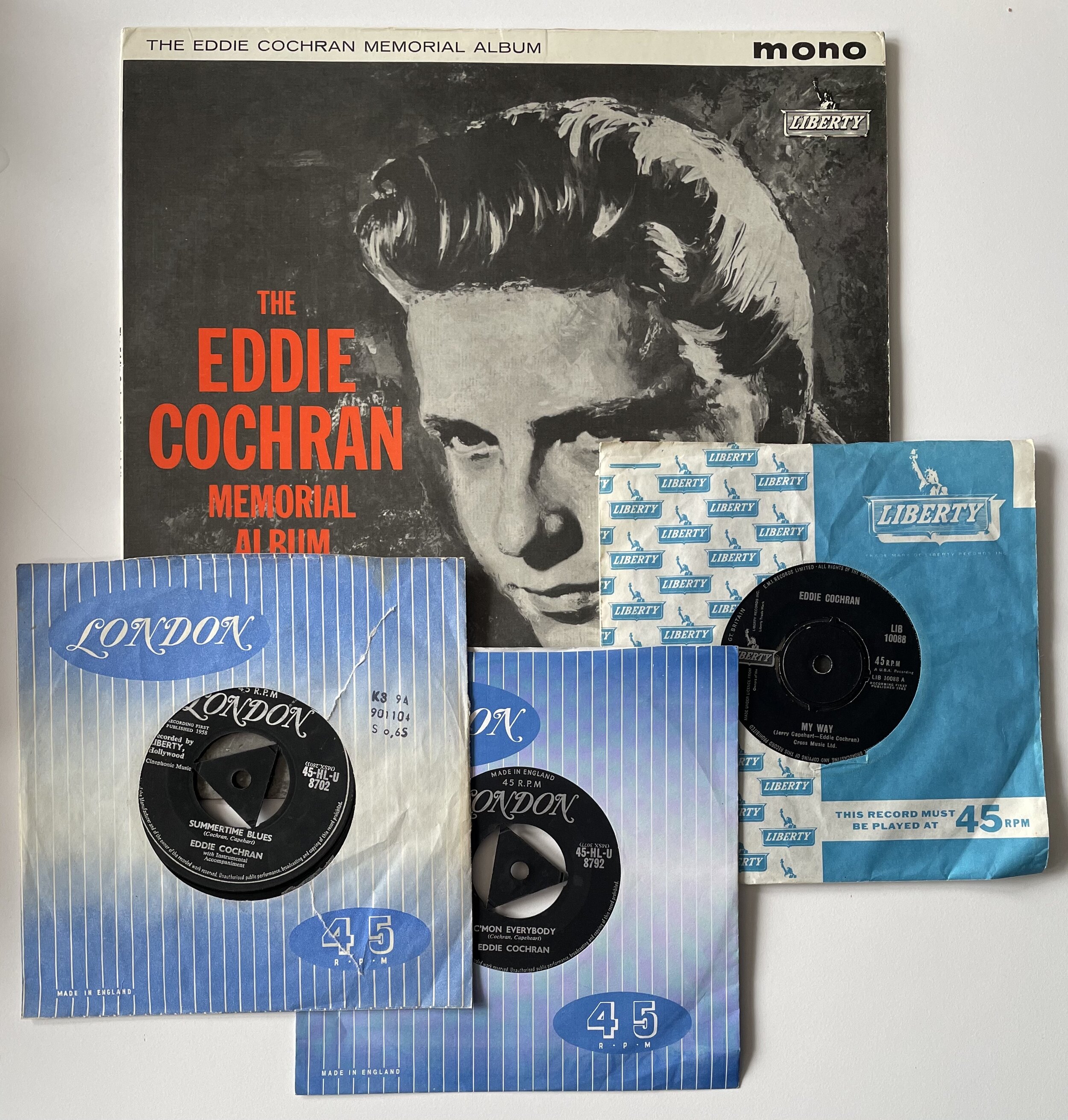Camilla Aisa
Review of ‘A Band With Built-In Hate: The Who From Pop Art To Punk’
Popular Music History, published March 24, 2022
https://journal.equinoxpub.com/PMH/article/download/21897/24797
Cook’s Ferry Inn, Edmonton – learning to lead by following
To anybody who might feel like letting out a sigh and following it with ‘what else is there to say?’ as they face ‘The Who’ in big and bright lettering on the cover of a new book—you have this writer’s sympathy, completely. However, I have some good news for you. Peter Stanfield’s A Band with Built-in Hate is far from being yet another book on The Who. It is much more than that. And Stanfield’s investigation of the band is so consistently wider than simple Who-centred narratives that the book ends up achieving quite a few rare goals (more on this below).
screen grab from Pete Walker’s The Big Switch (1968)
Whilst historiographers and fact-boasting fans might expect the book’s journey to start from Shepherd’s Bush or Acton, it is (rather tellingly) Soho that Stanfield chooses as a starting (and most recurring) location. We’re invited to travel to Whitechapel—where pop music makes its UK ‘debut’ in 1956 at the Independent Group-curated This Is Tomorrow exhibition—before arriving in West London’s well-known (W)holy Land. That’s the thing with Stanfield’s book: from the very first pages he makes it clear that he has no interest in the uninspired retelling of the kind of trivia a quick visit to Wikipedia can take good care of. A Professor of Film at the University of Kent, Stanfield considers The Who—as well as their peers who surrounded the band in their early stages—through a multidisciplinary, dexterous perspective. Crowded Soho is conjured (dirt included) through the posters that populated it, promoting B-movies or upcoming gigs in local clubs.
Portsmouth’s Birdcage Club . . . ‘the pop-art, guitar smashing epic’ and a target to boot.
The very relevance of cinema and visual arts in The Who’s early life is an often-overlooked aspect that Stanfield brilliantly reconsiders. It is thanks to forgotten flicks with nouvelle vague pretensions (and, of course, thanks to Who managers Kit Lambert and Chris Stamp’s foresight) that we have some of the band’s earliest footage. And thanks to keen attention to contemporary graphic art and its potential, in the mid 1960s The Who were able to offer a palatable preview of both the punch-in-the-gut quality of their live performances and their bespoke take on pop’s developing self-realization: ‘I found Townshend compelling and touching in both his cynicism and self-awareness, but couldn’t help wondering if pop music which, with all its faults, had started as a spontaneous and committed movement, could survive such candour’, George Melly noted in Revolt into Style (1989: 116).
Keith Moon . . . Bridget Riley’s best canvas
The book’s originality in narrating The Who isn’t limited to time (those decisive early steps of UK pop, before the band even came into existence) and place (Soho’s youthful buzz). It also concerns people, or, as one might feel inclined to say reading printed pages, characters. It is clear from the introduction that we’re invited to take our journey hand-in-hand with a few keen observers. Not the band itself, as it might prove either too obvious or short-sighted. Our guides are larger-than-life writers, critics, astute chroniclers, real-life dandies. We meet George Melly (music, television and film critic) right away. And, most importantly, we meet Nik Cohn (considered by some to be the father of rock writing). Perhaps even more than the band themselves, Cohn is the book’s most constant presence.
Bridget Riley ‘Blaze Study’ 1962
Sunn amplifers advert
Revisiting times and places with their most insightful early champions and commentators, it turns out, is more effective than the usual sequence of ubiquitous footage. When it comes to pop creatures as gargantuan as The Beatles, the Rolling Stones, or in this case The Who, adopting an outside perspective can be revelatory.
Tour programme USA, 1967
Looking at The Who from an angle that is extraneous to what we might call a rock documentary-like mythologizing approach, A Band with Built-in Hate opens itself to two intriguing prospects. First, it treats its subjects as captivating provocation. The Who’s, and in particular Pete Townshend’s, volatility in embracing the attitude, vocabulary and signifiers of mod or pop art is thoroughly examined. ‘What the Mods taught us was how to lead by following’, Townshend candidly reveals at one point (37). We watch his band enthusiastically identify as mod early on, then dismiss the scene altogether, then proudly reintroduce themselves as pop practitioners: ‘from valueless objects—a guitar, a microphone, a hackneyed pop tune, we extract a new value. We take objects with one function and give them another’, Townshend theorizes in 1966 (76). Now, where exactly does artistic evolution end and well-timed appropriation begin? Stanfield’s book is too discerning to make a point of asking that. Rather, it makes sure that the matter is left open to discussion. Neither apologetic nor accusatory, it gives the reader enough material to thought-fully consider both positions.
The other welcome consequence of Stanfield’s multifaceted approach is that the book proves an absorbing read for avid fans and casual listeners alike. Much like this writer, you don’t need to be a fan of The Who to eagerly devour these pages and their stimulating arguments. At the same time, there is more than enough to consider and explore for completists who have already seemingly read every publication on the band. Also, and importantly, the book sits evenly between the scholarly and the deftly flowing page-turner: a most appropriate middle way, when you remember Nik Cohn praising Who songs for being an ‘obvious reaction against the fashionable psychedelphic [sic] solemnity, against the idea of pop as capital-letter Art [...]. It is all mainline pop, bright and funny and blatantly commercial’ (1967: 13).
As for equally pleasing fans and not-necessarily-fans, here’s where Stanfield’s secret might lie. Often looking from the outside, far from the front row, he treats the non-musical, un-obvious material as much more than mere pretext to explain The Who better. As a result, the reader is more likely to understand the band and their music—as well as the constantly evolving pop culture around them—better.
Where A Band with Built-in Hate’s journey ends is a brilliant insight in itself. ‘My personal motivation on stage is simple’, Townshend told the London Sunday Citizen in 1965 (as quoted in Gary Herman’s The Who, the first publication on the band):
It consists of a hate of every kind of pop music and a hate of everything our group
has done. You are getting higher and higher but chopping away at your own legs.
I prefer to be in this position. It’s very exciting. I don’t see any career ahead. That’s
why I like it—it makes you feel young, feeding insecurity. If you are insecure you
are secure in your insecurity. I still don’t know what I’m going to do (1971: 94).
It is fitting, then, that a book about ‘the new forms of cultural crimes The Who carried out’ would wave its subject goodbye around Quadrophenia. Which is to say, when The Who had indisputably morphed into classic rock and secured a career. When compilation albums and concept albums had become the norm, when stage moves had long been codified and (most dangerously) well accepted. When, arguably, wealth had replaced style. The degeneration of ‘My Generation’, we might call it. It didn’t come without irony or consciousness: ‘I’m desperately trying to sleep off the results of the last leg of the Who tour with a little meditative Mercedes buying’, Townshend would quip after up-and-coming Eddie and the Hot Rods convinced their label to get in touch with him and seek a possible collaboration (229).
Would the Mod Who or the Pop Who hate what The Who had become? And how inevitable was that? It might feel tragic, but that’s not the point. Being a brilliant writer and an acute observer, champion of pop Nik Cohn couldn’t write an obituary. The book leaves us with some words of his that were printed on a promo picture for the band’s 1967–1974 back catalogue: ‘from Shepherd’s Bush Mods to time machine mystic travellers. The Who played longer, harder and straighter, for the people, than anyone else’. What that dash between 1967 and 1974 signified, mattered most to him. Stanfield agrees: ‘The Who made the simple things complicated and the complicated simple; they put pop and art together in a set of couplings which rode the lines between authenticity and artifice, self-determination and co-option, the low and high, the intolerant and the permissive’ (240). When it comes to The Who, duality is key. Thanks also to its own above-mentioned dualities, A Band with Built-in Hate handles this dichotomy in a unique way.
Camilia Aisa blogs at https://psychedelicsidetrips.wordpress.com/





























